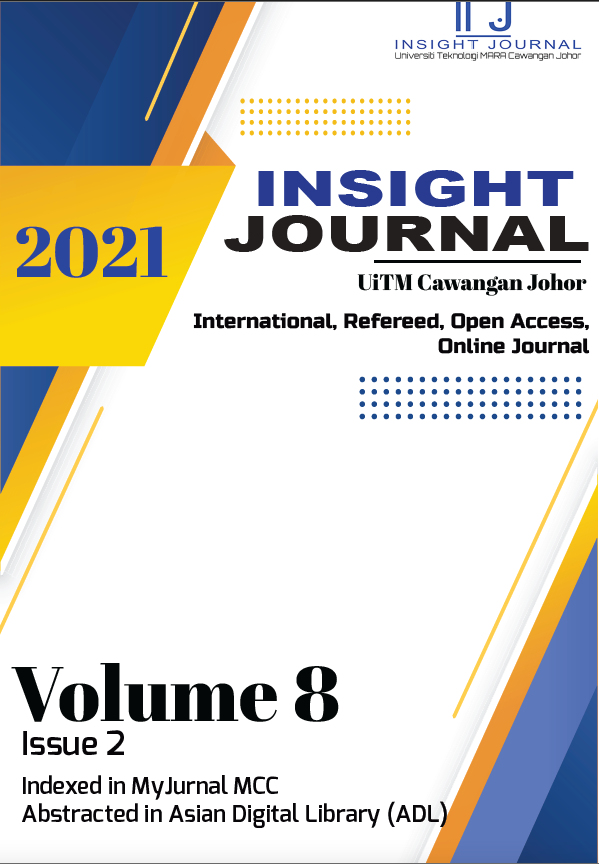Measuring Cognitive Level using Informative Map among Secondary Students
A Quasi-experimental Approach
Keywords:
Spatial Thinking, GIS maps, Quasi-Experimental, Geography, Secondary SchoolAbstract
Spatial thinking is essential because it encourages the human mind to visualise, thus stimulating cognitive thinking which leads to improving higher thinking order (HOTS). Unfortunately, it is found that the geography syllabus taught in secondary school is lacking this vital element. Hence, this study aims to assess the student cognitive level using an informative map module among secondary students in Geography subject. This study was underpinned by the Social Cognitive Theory (SCT). The cognitive level was measured using Bloom Taxonomy cognitive domain from low to high order thinking skills, namely knowledge, comprehension, application and analysis. Data were collected using a one-group pretest-posttest quasi-experimental design. The informative map module has been used as an intervention for the study. Pre-test and post-test questions were distributed before and after the intervention. 31 students of Sekolah Menengah Kebangsaan Arau participated in this study. Data were analysed using a t-test paired analysis. The result reveals the significant difference between cognitive domains among students. The informative map module increases their knowledge, comprehension, application and analysis among students. This study contributes to the empirical evidence of SCT’s literature in the context of spatial thinking studies among secondary students in selected geography topics.







